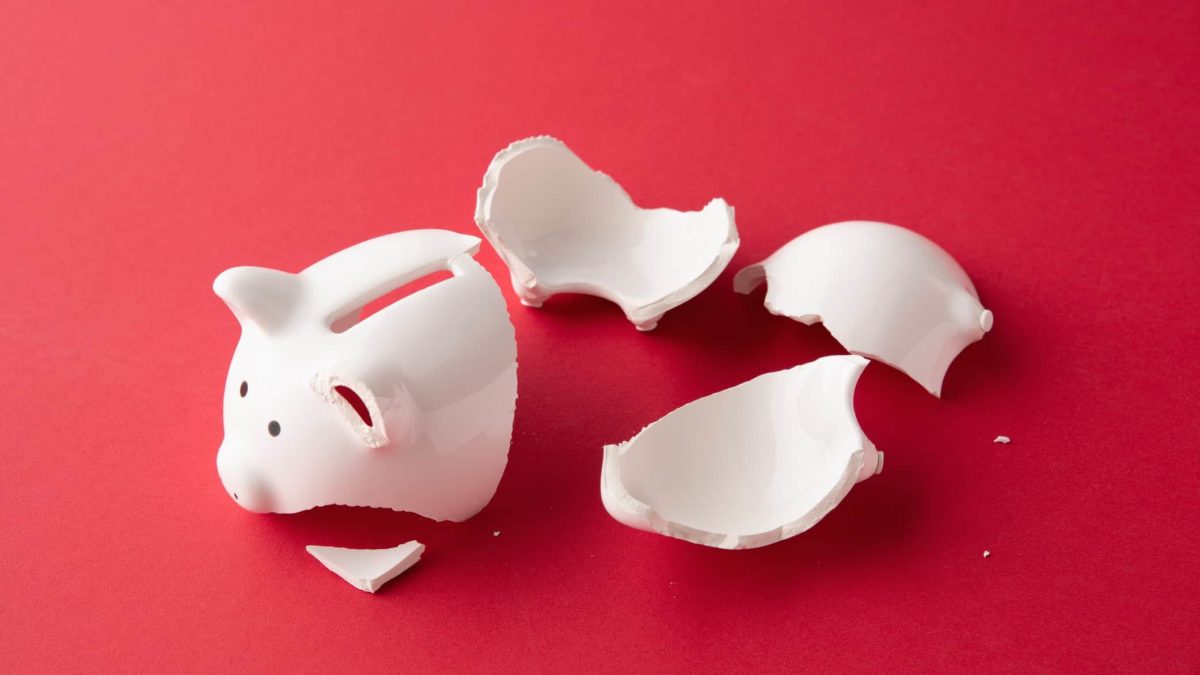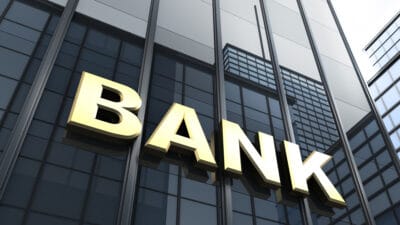The Commonwealth Bank of Australia (ASX: CBA) share price has dropped around 8% since 11 August 2021. Does that mean that the big four ASX bank is now a buy?
What happened?
On 11 August 2021, the country's biggest bank reported its FY21 result.
There were a number of interesting things announced and revealed in that report.
It said that statutory net profit after tax (NPAT) grew by 19.7% to $8.84 billion and cash NPAT increased 19.8% to $8.65 billion.
The bank explained that NPAT increased due to improved economic conditions and outlook resulting in a lower impairment expense and a strong operational performance.
A noticeable part of the profitability improvement came from a reduction of the loan impairment expense, which fell by 78%, compared to FY20, to $554 million. This loan impairment expense decrease reflected an improvement in economic conditions and outlook. However, it has maintained a "strong" provision coverage ratio of 1.63%, reflecting the economic uncertainty from the continuing impacts of COVID-19.
It was the concerns about bad debts that caused CBA to register such as a large loan impairment expense in FY20, which may also have been a big factor on the CBA share price.
Despite all of the impacts of the COVID-19 pandemic, CBA continued to see growth in key areas. Business lending grew by $11 billion, which was more than 3x the system. Home lending and household deposits both increased by $31 billion, which represented 1.2x system growth.
However, the bank said that its net interest margin (NIM) was 2.03% in FY21. This represented a reduction of 4 basis points. The bank explained that group NIM declined due to higher liquid assets and the ongoing impact of a low interest rate environment.
Could shareholder returns boost the CBA share price?
Well, on the day of the result, CBA shares did climb 1.5%.
Its profit wasn't the only thing that the bank revealed. It declared a full year dividend of $3.50 per share. That represented a 17% increase on FY20.
CBA also said that its common equity tier 1 (CET) capital ratio was 13.1%, an increase of 150 basis points. This was above APRA's 'unquestionably strong' benchmark of 10.5%.
The bank also announced the intention to conduct an off-market buy-back of up to $6 billion of CBA ordinary shares.
There is no CBA share price decided yet for the buy-back, it will be conducted through an off-market tender process which will open on 30 August 2021.
CBA Chair Catherine Livingstone said:
CBA's strong capital position and our progress on executing our strategy mean that we are well placed to continue to support our customers and manage ongoing uncertainties, while also returning a portion of surplus capital to shareholders. After careful consideration, your board has determined that the buy-back is the most efficient and value-enhancing strategy to distribute CBA's surplus capital and franking credits.
Is the CBA share price a buy?
Numerous brokers still rate CBA shares as a sell, despite the recent decline.
For example, Morgan Stanley rates CBA as a sell with a price target of $90. It doesn't believe market's high price for CBA is good value with its limited growth outlook.
The brokers at Macquarie Group Ltd (ASX: MQG) also believe that CBA is a sell, with an even lower price target of $88.50. Macquarie thinks that CBA's revenue growth isn't strong enough for the valuation and margins could continue to be challenged.








